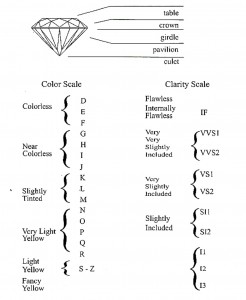The 4Cs are the universal method for grading and categorizing diamonds.
CUT
The Cut of a diamond should not be confused with the shape of the diamond (round, emerald, pear, etc.). The Cut refers to the way a diamond has been shaped and polished from a rough stone to its final gem proportions. The Cut of a diamond describes the quality of workmanship and the angles to which a diamond is cut. This is important as the angle of the cut and finish determine the ability of light to enter and travel through the diamond giving it brilliance.
COLOR
The Color of a diamond refers to the diamonds absence of color. A colorless diamond allows more light to pass through it so there is more sparkle resulting in a higher value.
White Diamonds use a D-to-Z color-grading system that measures the degree of colorlessness. The finest quality as per color grading is totally colorless, which is graded as “D” color diamond, meaning it is absolutely free from any color. The next grade has a very slight trace of color, which can be observed by a diamond-grading laboratory. When set these very light colored diamonds do not show any color or it is not possible to make out color shades. These are graded as E color or F color diamonds. Diamonds that show very little traces of color are graded as G or H color diamonds. Slightly colored diamonds are graded as I or J or K color. The scale continues, with increasing presence of color, to the letter Z.
Many of these color distinctions are so subtle that they are invisible to the untrained eye; however, these distinctions make a very big difference in diamond quality and price.
Note: Fancy color diamonds do not follow this rule. These diamonds, which are very rare and very expensive, can be any color from pink to blue to green to bright yellow. They are actually more valuable for their color.
CLARITY
Clarity is the measure of internal defects of a diamond called inclusions. Inclusions may be crystals of a foreign material or another diamond crystal, or structural imperfections such as tiny cracks that can appear whitish or cloudy. The number, size, color, relative location, orientation, and visibility of inclusions can all affect the relative clarity of a diamond.
The system used to grade diamonds is based on those inclusions which are visible to a trained professional when a diamond is viewed under 10x magnification. Diamonds are graded into 6 basic categories, some of which are divided to create a total of 11 specific grades ranging from flawless to imperfect:
• Flawless (FL)
No inclusions and no blemishes visible
• Internally Flawless (IF)
No inclusions -visible
• Very, Very Slightly Included (VVS1 and VVS2)
Inclusions so slight they are difficult for a skilled grader to see
• Very Slightly Included (VS1 and VS2)
Inclusions are clearly visible, but can be characterized as minor
• Slightly Included (SI1 and SI2)
Inclusions are noticeable
• Included (I1, I2, and I3)
Inclusions are obvious which may affect transparency and brilliance
Many inclusions and blemishes are too tiny to be seen by anyone other than a trained diamond grader. To the naked eye, a VS1 and an SI2 diamond may look exactly the same, but these diamonds are quite different in terms of overall quality. This is why expert and accurate assessment of clarity is extremely important.
Source: GIA
CARAT WEIGHT
A Carat is a unit of measurement, it’s the unit used to weigh a diamond so Carat actually refers to weight NOT size. One carat is equal to 200 milligrams, or 0.2 grams. The point unit—equal to one one-hundredth of a carat (0.01 carat, or 2 mg)—is commonly used for diamonds of less than one carat. All else being equal, the price per carat increases with carat weight, since larger diamonds are both rarer and more desirable for use as gemstones. Note that two diamonds of equal carat weight can have very different values (and prices) depending on three other factors of the 4Cs: Cut, Color and Clarity.
It’s important to remember that a diamond’s value is determined using ALL of the 4Cs.
DIAMOND SHAPES
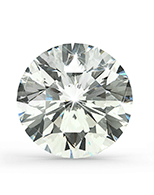
Round Brilliant Cut
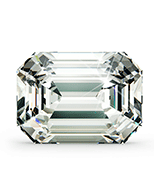
Emerald Cut
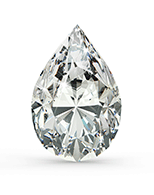
Pear Shaped
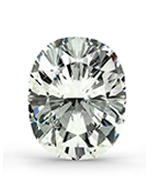
Cushion Cut
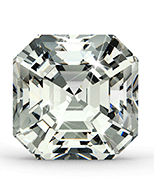
Ascher Cut
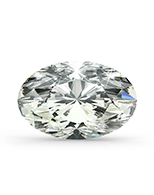
Oval
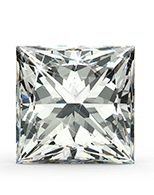
Princess Cut
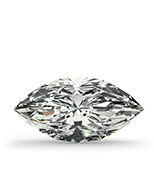
Marquis

Heart Shaped
Call for an appointment for private tutoring.

